Running is the biggest pain in the ass and the most incredible endorphin rush. Kind of like writing.
I often thought running and writing sweetly held hands because both require daily, consistent devotion to translate into long distance/page count goals. Today’s feature, Jen A. Miller, is so effortlessly cool that I want to dash outside for a set of sprints with the sun on my face. Girl is a published author, freelancer, Jersey Shore aficionado (with none of that MTV snark), and marathoner. And she’s hella nice and articulate. So there’s that.
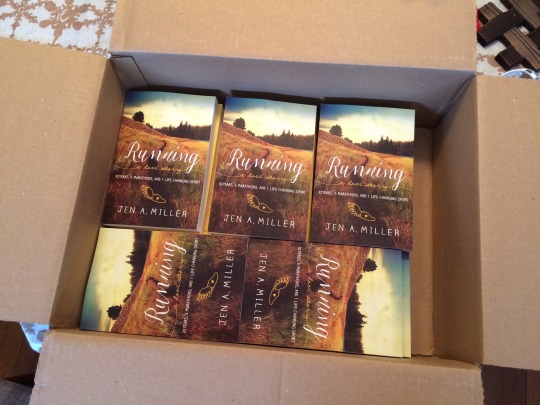
1. What do you write and what are you reading?
I write non-fiction – day to day, that’s work I do as a freelance journalist. I am just about to publish my memoir, Running: A Love Story, which is a lot more intimate.
A lot of my work is about running, but I’ll take on just about anything that interests me. I write a lot about technology and security because it’s fun, and I learn a lot. I’m currently reading The Good Luck of Right Now by Matthew Quick (who wrote The Silver Linings Playbook while he lived in Collingswood, which is where I’m at – I used to see him running around the same park that’s in my book). Next I’ll be reading Eloisa James’ My American Duchess. I don’t hide that I read romance. It’s like any other genre fiction in that, when it’s done well, it’s good. Plus I don’t want to read anything too taxing right now. My brain is already overloaded.
2. To me, The New York Times is the holy grail of periodicals. What was it like to see your byline in those pages?
I broke into The New York Times in 2005 in my first year of freelancing. I wrote about, of all things, a t-shirt. I lived in a second floor apartment then, and ran downstairs to grab the newspaper from the front lawn. I was teary. Then I forgot to cash the check (which is one reason I love direct deposit and sign up for it whenever I can).
I didn’t come at journalism through what I’d guess is the traditional route: I didn’t go to J-school. At the time, my college had one journalism class, and no one who worked on the paper took it. I was editor in chief of my college newspaper for a year and a half, and I thought one day it might be nice to write headlines for The New York Times Book Review. I never thought I’d be a journalist, let alone write for the Times. That first byline meant a lot to me, but building a consistent relationship with the paper, especially over the last five years as I have done with the Well section, means a lot more. That first clip was also a lesson in to always take the shot. I didn’t think I had any business pitching the Times. They didn’t buy my first pitch, but the editor responded favorably and told me to send him more. I did. It’s been my approach to freelancing for 11 years.
It was so early in my freelance career that it doesn’t feel so much like a turning point. Them running an excerpt of Running: A Love Story was a much bigger deal.
3. When did you realize you were a writer (and a powerful one at that)?
Oh what a tough question because I feel I have so far to go. I have said many times that while I think I’m good at running the business of being a freelance writer, that I’m not the best writer out there. I didn’t realize how my writing was touching people until I started writing a running column for the Philadelphia Inquirer, which I did for a little over three years. I did a lot of reporting there, but every once and a while, I’d write a piece about myself. I got a lot of emails from those, especially this one. Then I wrote a piece for the Times about using running as therapy, and the response was a deluge. At the time I wrote that, I was finalizing a two-page proposal that I would take to agents for what became Running: A Love Story, so the response was a big boost before those meetings.
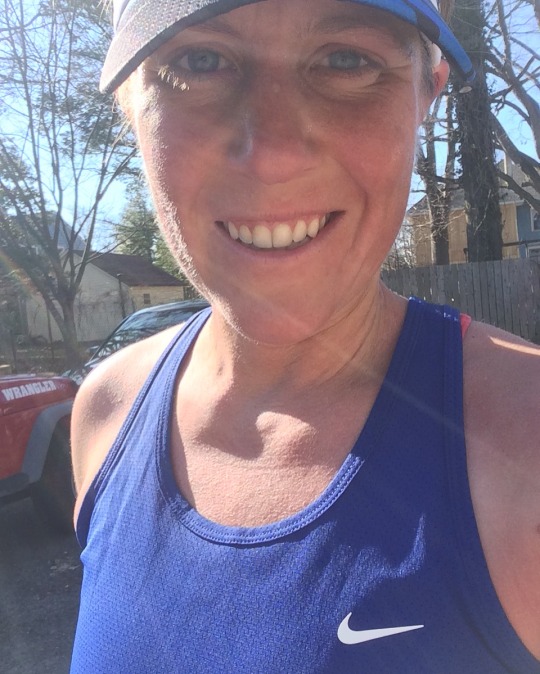
4. Running is an enormous part of who you are. Tell me how it has built you up or conversely, broken you down.
Running is a constant cycle of pushing the limits and then recovering. As I’m writing you today, I’m taking an unexpected rest day from training for my sixth marathon because my hip is sore and I know one more day of rest means it will probably be fine for the last nine weeks of training versus trying to gut through it and then maybe be too hurt to start the race on May 1. I’ve learned a lot from that.
Publishing a book is an incredibly exciting but incredibly stressful time. I have a lot of work I’m trying to jam into every day, and sometimes I just stop, lie down, read, and wait to start again the next day. Just like my running is after a rest day, my writing is fresher too.But sometimes you just have to shove through it. If I never did the tough running workouts, I’d never reach my race goals. If I didn’t write the tough things, I’d never advance in my skills and my career either.
5. Let’s hear some of your goals, the wilder, the better.
Can I have Elizabeth Gilbert’s career? My favorite book of hers is The Last American Man. I recently read The Signature of All Things on vacation. I want to be able to go in that many different directions and genres, and make it work. I’d also like to run a sub-four hour marathon. That’d be a pretty significant lowering of my current personal record in that distance. But hey. I try. After the next marathon, I may tackle a trail marathon or ultra marathon. Dream big, right?
6. Tell me about writing sex scenes.
I think they’re awkward to write, but no more awkward than trying to write down what goes through my brain when I run a marathon – that was the most technically challenging part of this book. There’s some sex in Running: A Love Story because you can’t tell the story of relationships without it, but it’s mentioned just like any other thing – which sex is, when you get down to it when you strip it of all the cultural associations that are shoved on it. I’m a 35 year old, unmarried woman. If people think I haven’t had sex, then I don’t want to know what they think about the lives of single women (editor’s note: Jen recently garnered that many view single to mean ‘not in a relationship’ and she is in one).
7. Who do you love and how does that sneak into your writing?
I’ve been writing about my family a lot, and I think that’s an offshoot of how much I wrote about my mother in Running: A Love Story. One of my friends who read an advance copy of the book said she deserves the best supporting actress award for this book (he wrote it right after the Oscars).
I dedicated the book to my paternal grandmother who was a big influence on me too. Before Thanksgiving, I wrote a piece for The Washington Post about hosting Thanksgiving for the first time and how my divorced parents were going to be there and how we were the definition of the new, modern, American family. They’re very important to who I am – my extended family too. I think I’ll be writing more about them down the line (if they let me – ha)
8. You nabbed your first personal finance writing assignment the same week that Lehman Brothers folded. What is your best personal finance tip for writers?
Put away a percentage of every single check into savings, another percentage into a pot marked for taxes, and another percentage into your retirement accounts. When you’re an entrepreneur (which freelancers are!), you have no backup, and if you’re like me and live alone and run a household on your own, you really don’t have anything else to fall back onto except what you create yourself.
9. Tell me about failure and rejection
It’s just another part of the game. It hurts sometimes, but usually a lot less than it did before. I’m used to it. For the ones that hurt: it’s okay to sulk for a while, lick your wounds. But the only way you get over it is to try again. Except for very rarely, it’s not personal. If my idea doesn’t help a publication reach their mission or tell the stories they want to tell, then they should reject my ideas. And I still soldier on.
10. Your contributions to magazines, websites, and periodicals are vast and esteemed. How do you decide where a story should go- do you start by writing the article or making the pitch?
Unless a publication approaches me, I start with the idea, and then I figure out who that idea is best for. A lot of factors come into play: How quick are they to respond and how long does it take to get the idea into print (which is crucial when you’re dealing with timely subjects). What do they pay? How much is it a pain in the ass to get paid by them? I recently fired a client because they were paying 70 days past invoice and only after I followed up multiple times. The editors there are great, but I can’t put up with that on the back end and still run my business effectively.
A lot of writers go strictly by how much the publication pays per word, but I try to go by how much it’ll work out to an hour (and that includes any time needed to chase payment). That’s why a $.50/word client might be a better fit for a pitch than a $2/word one. For regular clients, sometimes I only need to send a one-line pitch, or forward an email, and they’ll consider it. For some, they want a longer pitch (and I don’t blame them!). One of my clients likes to get the idea in an email to see if they’re interested, and ask me to flush out the idea over the phone. I like that too.The only exception to that is essays. Most places want essays done. I’ll usually write it with an outlet in mind, and if that outlet passes, go to my B, C, D, E choices because at that point, I want it to run somewhere.
11. Tell me a story about a story:
When I was a kid, I tried to write the sequel to Bridge to Terabithia. I wrote it out in a spiral bound copybook. I wish I still had it. Though that’s not my favorite Katherine Paterson book! That would be Jacob Have I Loved.
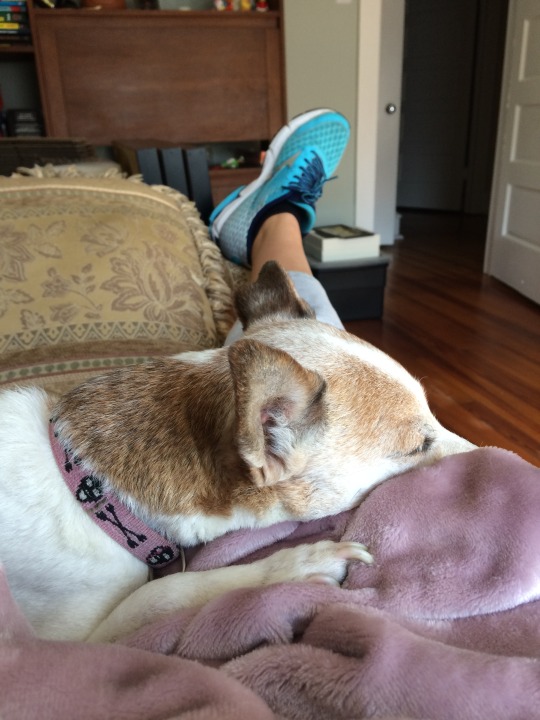
Bonus points: The coolest place Jen has ever run was Rome, dodging between tourists and cars and motorbikes on extremely narrow roads and sidewalks with a paper map in hand. She fondly recalls the streets looking like they’d been spun in a salad spinner.
We thank Jen for this feature and wish her good luck on her sixth marathon. Keep running that path, keeping writing the journey.
Dem Links:
Crush on Jen and her brilliant work over at her website here.
Purchase her brand spanking new memoir, Running: A Love Story, here.
Get Jen’s personal finance tips and other money advice here.
That’s it. That’s all. Now get outside and get moving.
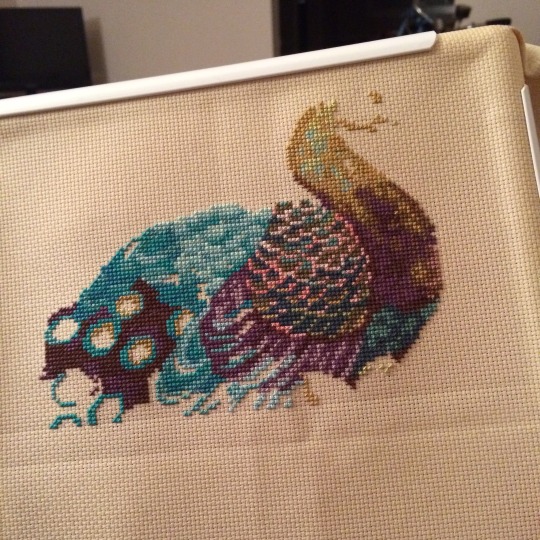
***As part of this series, writers are asked to submit photos capturing who they are as well as a glimpse of his/her writer life.
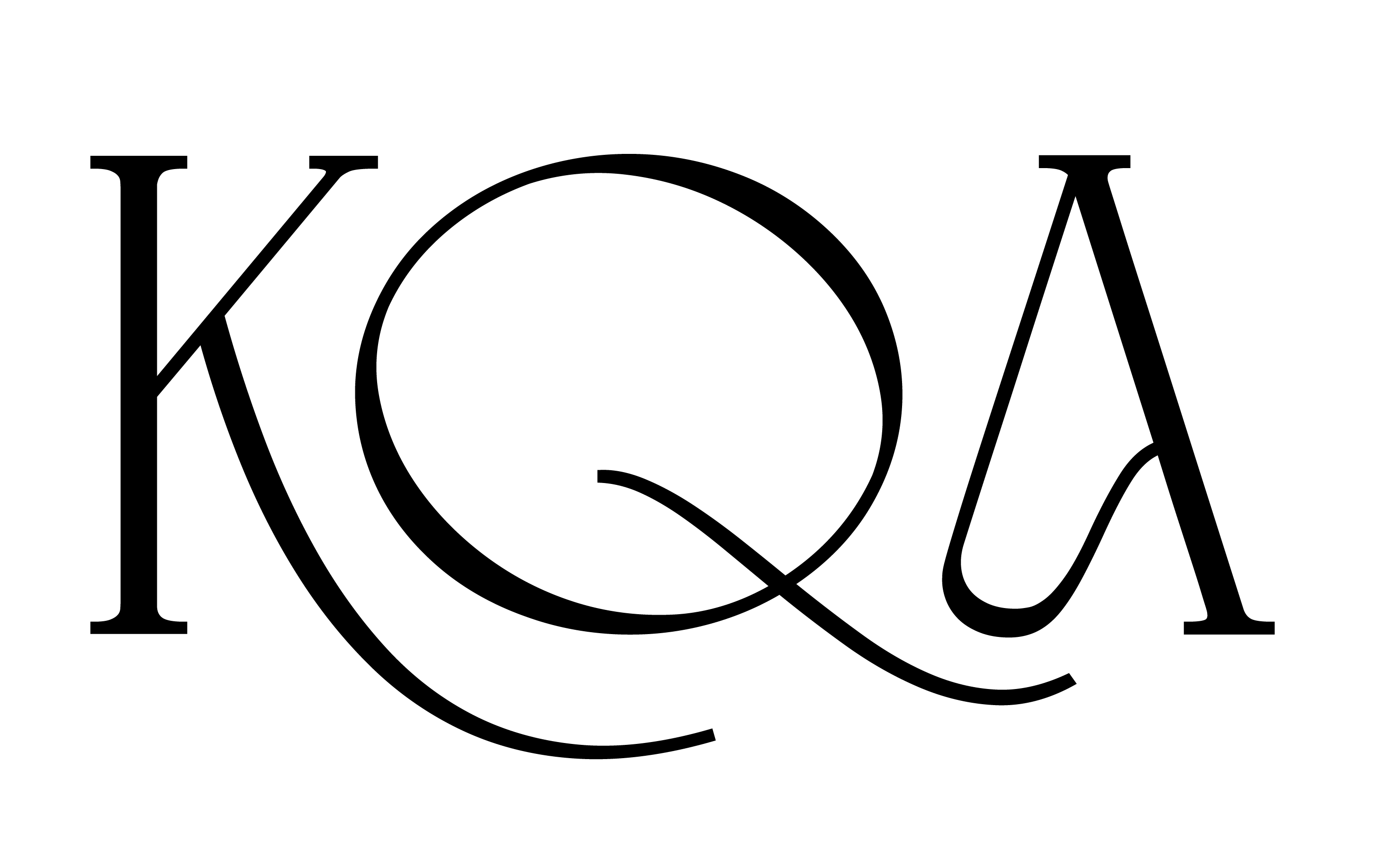
Leave a comment